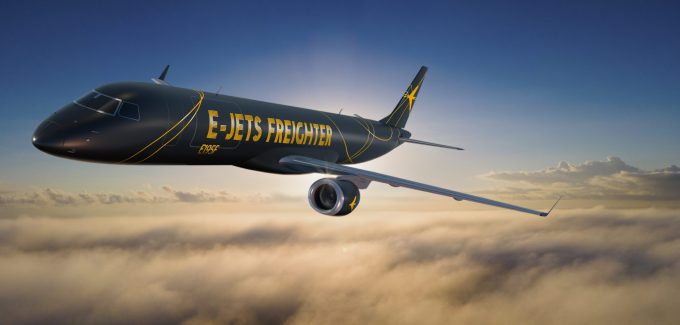Ecommerce platforms cancel flights and slash capacity – market is 'a mess'
As anticipated, ecommerce platforms have begun cancelling flights and cutting back on capacity, while Chinese ...

Move over Airbus and Boeing, there is a new freighter on the block, set to rival the 737.
And the large integrators in the US and China are expected to trigger demand for Embraer’s recently launched E190F and E195F passenger-to-freight conversions.
“We have been in close contact ...


Comment on this article